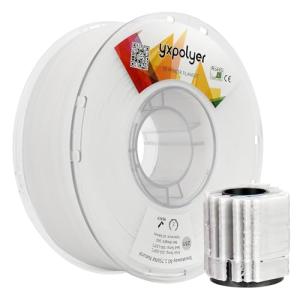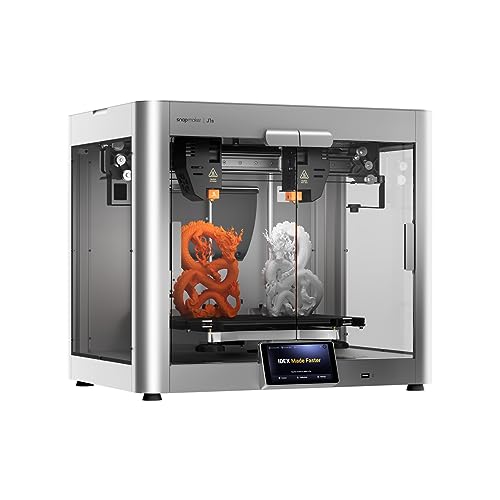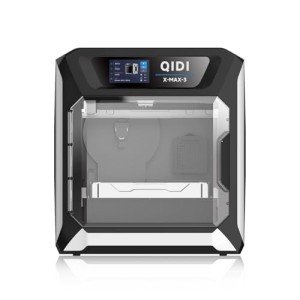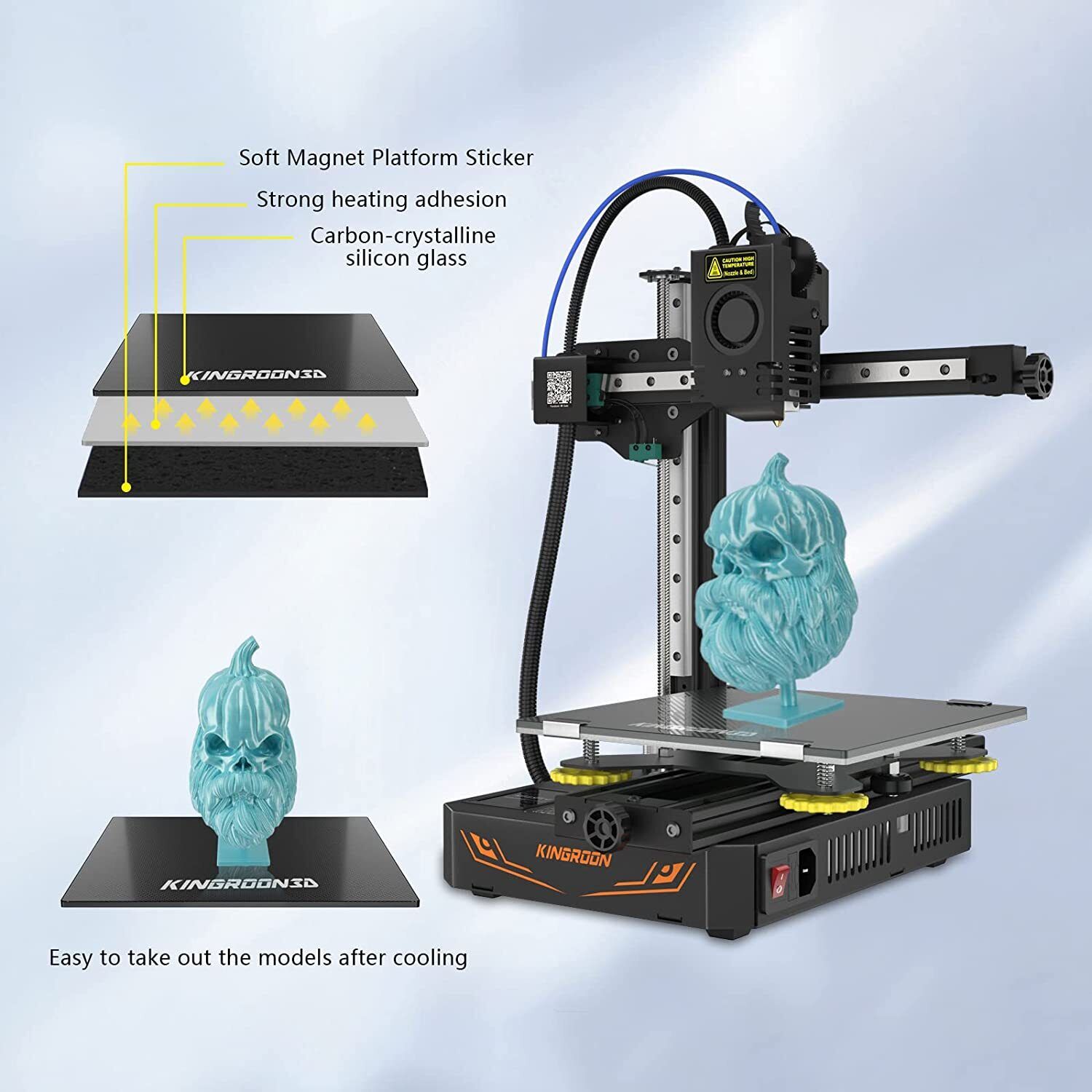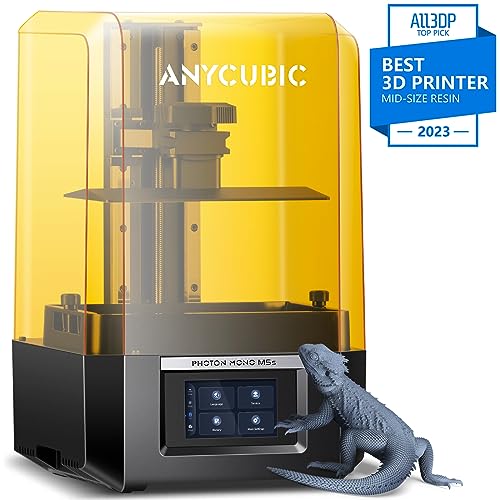Getting familiar with your 3D printer can feel a bit overwhelming at first, but it’s easier than you think! Start by reading the manual that comes with your printer. It usually has helpful tips and tricks tailored to your specific model. You’ll also want to check out online communities, forums, and user videos. These resources are goldmines for 3D Printing Tips, especially for troubleshooting common issues.
Next, it's all about setting up your printer correctly. Make sure your print bed is level and clean. This step is crucial for getting those first layers down right. A simple leveling test will give you a solid foundation for great prints. Don’t skip this! Otherwise, you might end up with a mess instead of a masterpiece.
Another essential tip is to choose the right filament. Each type of filament—whether PLA, ABS, or PETG—has its own quirks. PLA is a great starting point because it’s user-friendly and prints easily. As you get more comfortable, you can explore other filaments. Knowing the properties of what you’re using will help a lot in achieving better prints.
Lastly, don’t be afraid to experiment! One of the best parts of 3D printing is the creativity it allows. Try different settings, test new designs, and troubleshoot as you go along. Remember, every misstep is a step towards learning. Keeping these 3D Printing Tips in mind will set you on track for success and make your printing journey a whole lot more fun.
Choose the Right Filament Every Time
When it comes to 3D printing, the filament you choose can make or break your project. Don't worry, though! Picking the right filament gets easier with a bit of info. Let's dive right into the main types of filaments you'll encounter.
First up, we have PLA. This is a favorite among beginners because it’s super user-friendly. It’s made from cornstarch or sugarcane, and that makes it safe and eco-friendly. Plus, it prints well at lower temperatures. If you're looking to print decorative items or prototypes, PLA is a solid go-to.
Next is ABS. This stuff is a bit tougher than PLA, which means it can take a beating. It’s great for functional parts or anything that needs to withstand some wear and tear. Just a heads up: ABS does require higher printing temperatures and can give off some fumes, so make sure you have good ventilation when printing with it.
Don’t forget about specialty filaments! You’ve got TPU for flexible prints, PETG for a nicely balanced option, and even wood-filled or metal-filled filaments if you want something unique. Each of these gives a different look and feel to your prints. If you’re keen on experimenting, these can add a special touch to your projects.
So remember, when picking your filament based on these 3D printing tips, think about what you’re creating. Your choice will influence the look, feel, and durability of your final product. Don’t rush—take your time to choose wisely!
Creality K2 Plus Combo 3D Printer with Multicolor Printing
Bring your imagination to life with vibrant multicolor prints and user-friendly features in the Creality K2 Plus Combo
Product information
$1,499.00
Product Review Score
4.41 out of 5 stars
15 reviewsProduct links
Master the Printing Settings Quickly
Getting your 3D printing settings just right can feel overwhelming at first, but it doesn't have to be! Here are some straightforward tips to help you master those settings quickly. You’ll be printing with confidence in no time!
First things first, understand your printer’s default settings. Every printer has its own set of parameters, and getting familiar with these will save you a lot of headaches. Check the recommended layer height, print speed, and temperature for the filament you're using. This knowledge is a game-changer!
Next, don’t skip the test prints. Experimenting with small models lets you tweak and adjust your settings without wasting time and materials on larger projects. Trust me, it’s way better to find out what works and what doesn’t with a tiny print than a massive one.
Another tip: don’t be afraid to use the slicer’s features to your advantage. Most slicers come with presets for common materials, so take a look at those. They can give you a solid starting point. Plus, as you get comfortable, you can start playing with advanced settings like infill percentages or support generation.
Lastly, dive into forums or online communities. Other 3D printing enthusiasts love sharing tips and tricks. Learning from their successes and challenges can give you great insight into improving your own printing quality. With these 3D printing tips in your back pocket, you’re all set to create some amazing things!
Breakaway Support Filament 1kg for Easy 3D Printing
Simplify your 3D printing projects with this lightweight and removable support filament
Product information
$29.99
Product Review Score
4.91 out of 5 stars
85 reviewsProduct links
Keep Your Printer in Top Shape
Start with cleaning the nozzle. A clogged nozzle can lead to all sorts of print problems. Use a needle or a cleaning filament to gently clear out any blockages. Don't forget to clean the build plate too. A dirty surface can mess up adhesion and spoil your prints. Wipe it down with isopropyl alcohol for a fresh start.
Next up, check your belts and rods. Make sure they're tight and free of dust. Loose belts can affect print quality and lead to layer shifting. Give everything a quick wipe-down to keep it running smoothly. Investing a little time here saves you from bigger headaches later on!
Lastly, keep your filament stored properly. Humidity can wreak havoc on the material, causing jams and poor prints. Store your filament in a dry place or use airtight containers with desiccants. These simple 3D printing tips will go a long way in ensuring your printer is always ready to roll.

